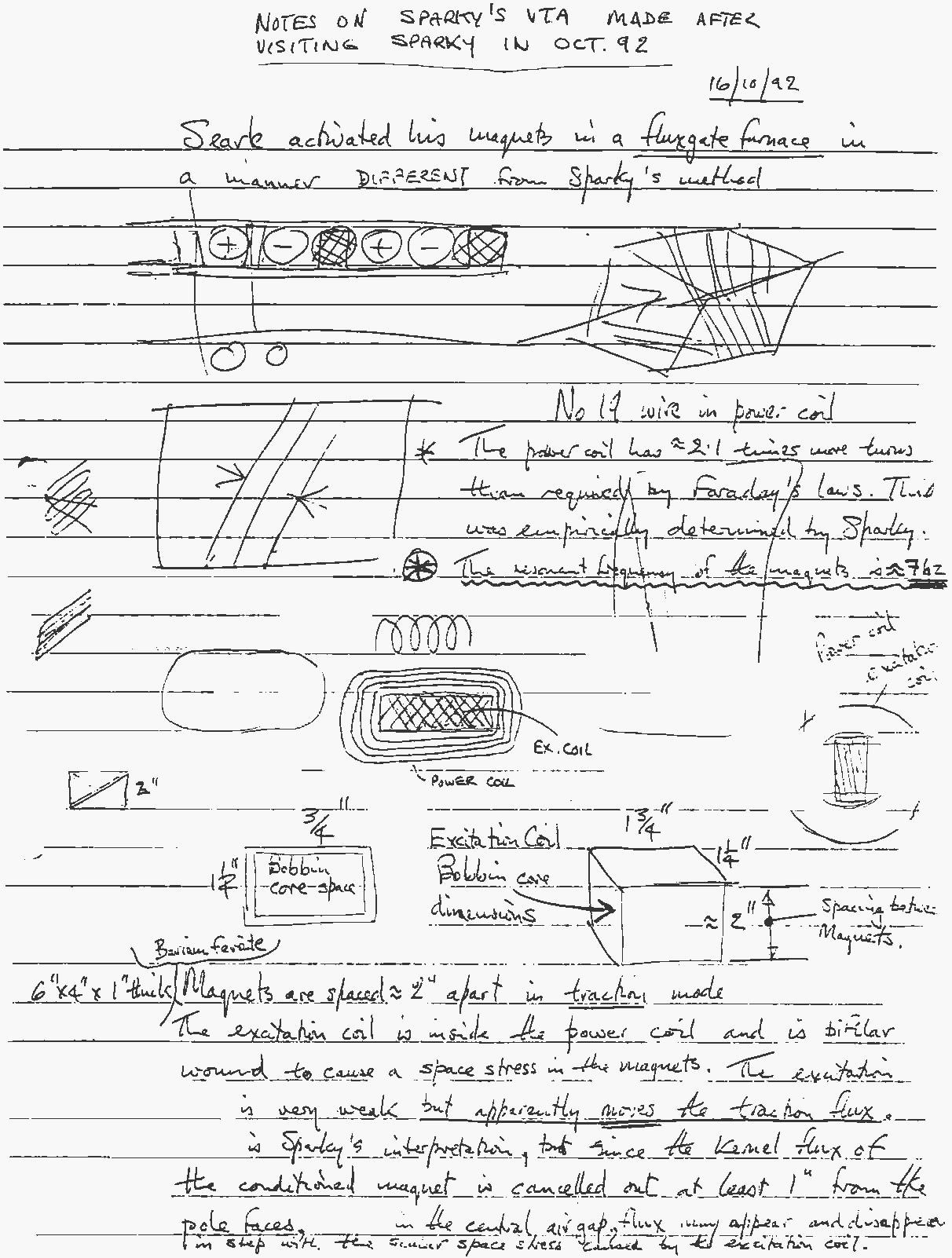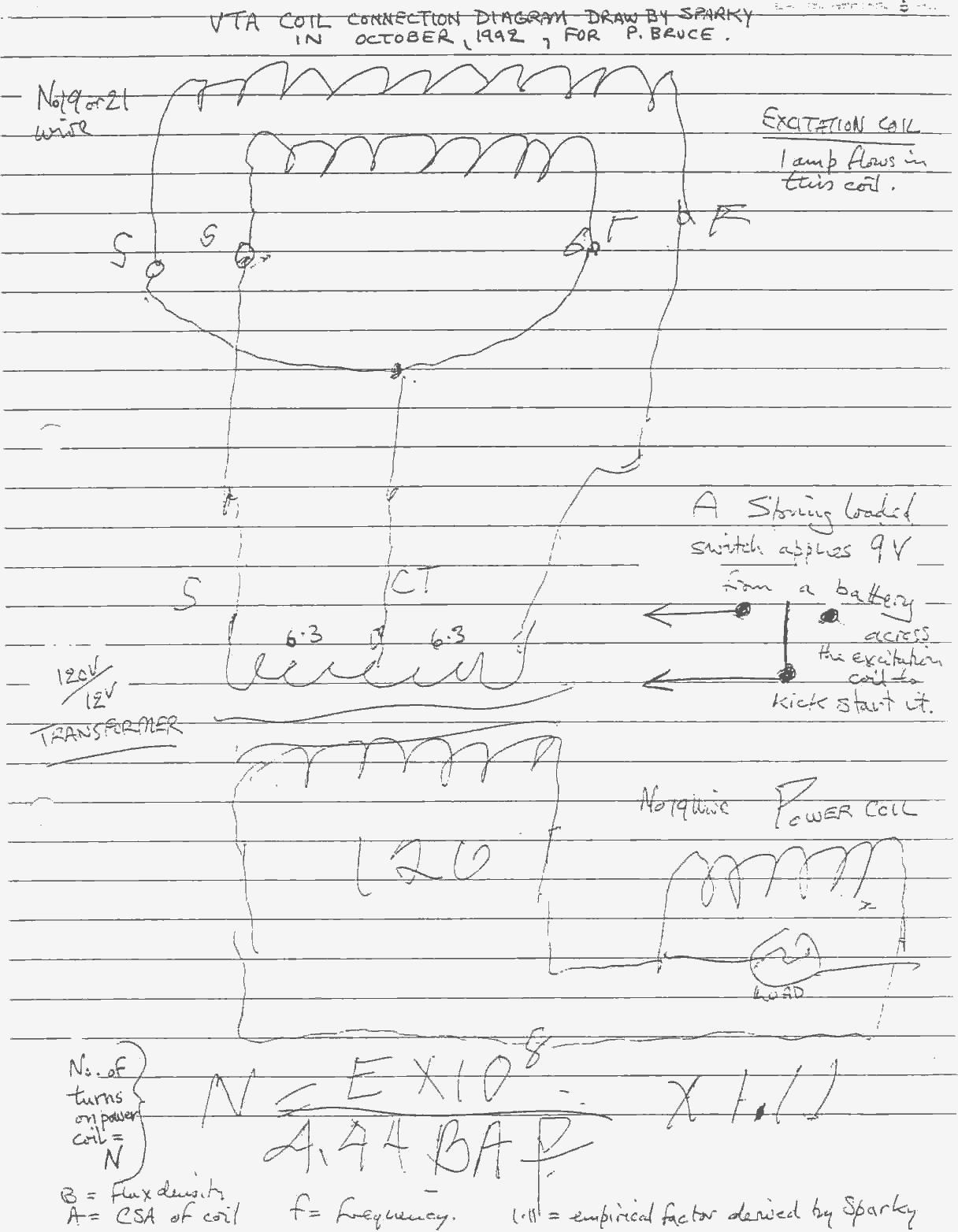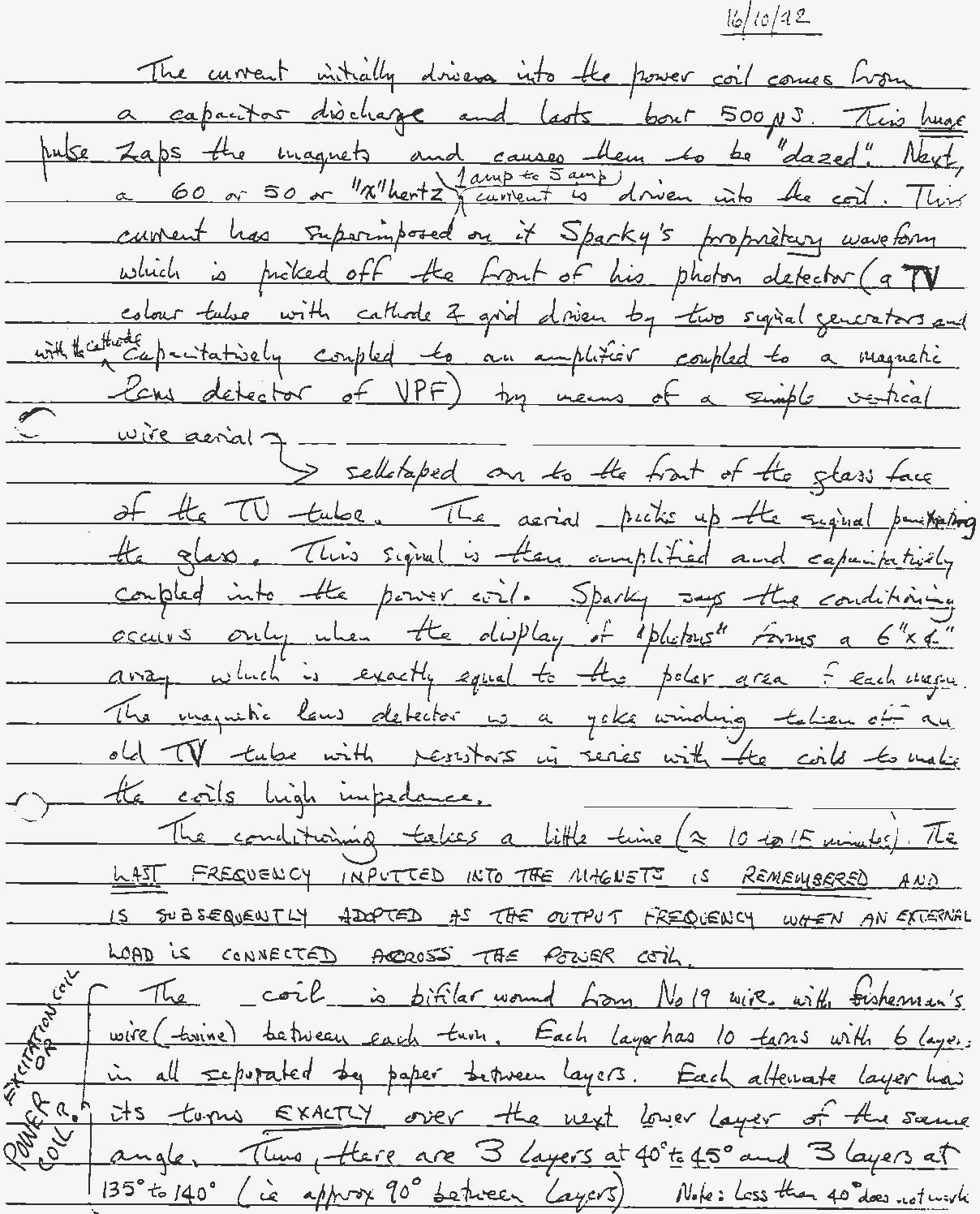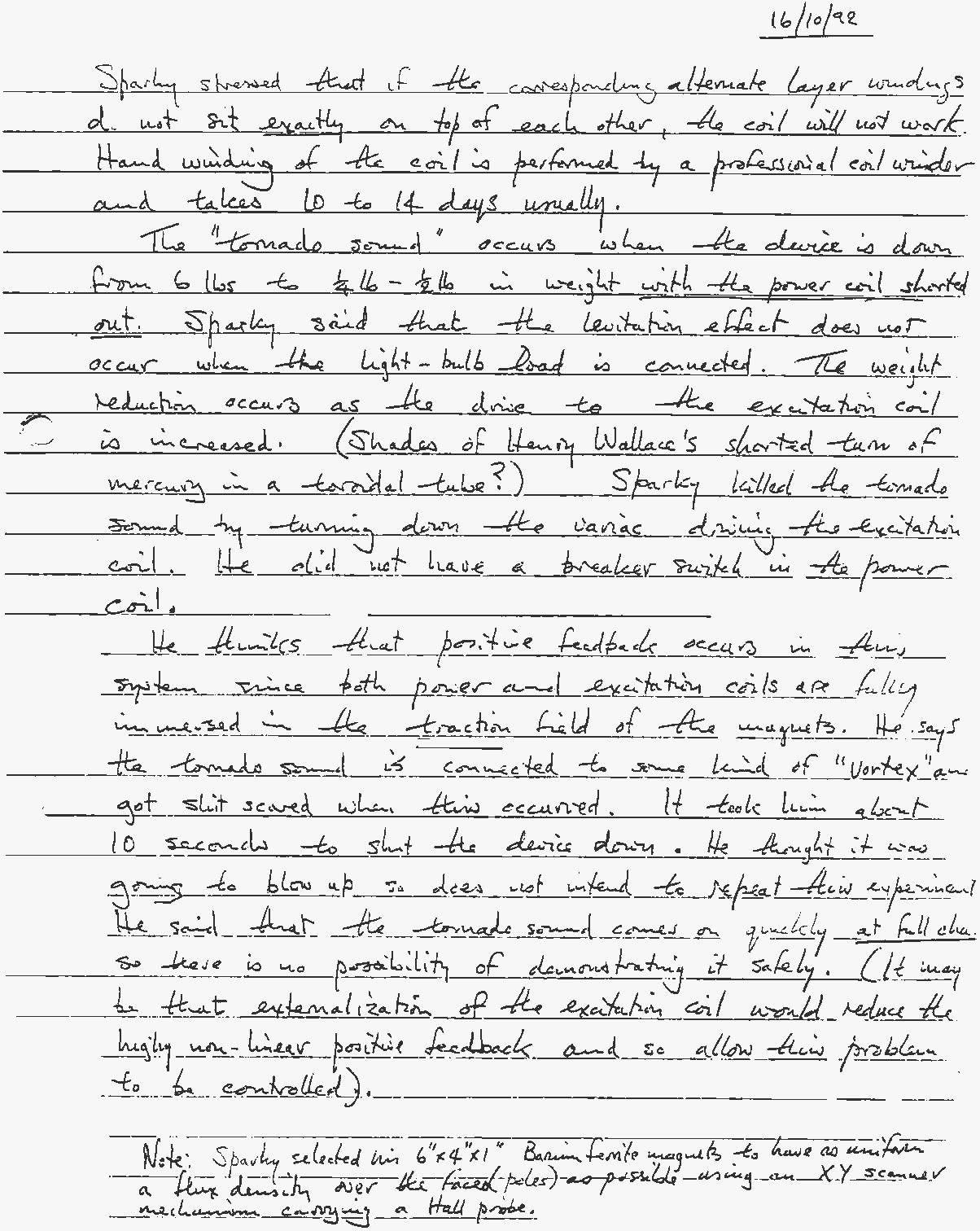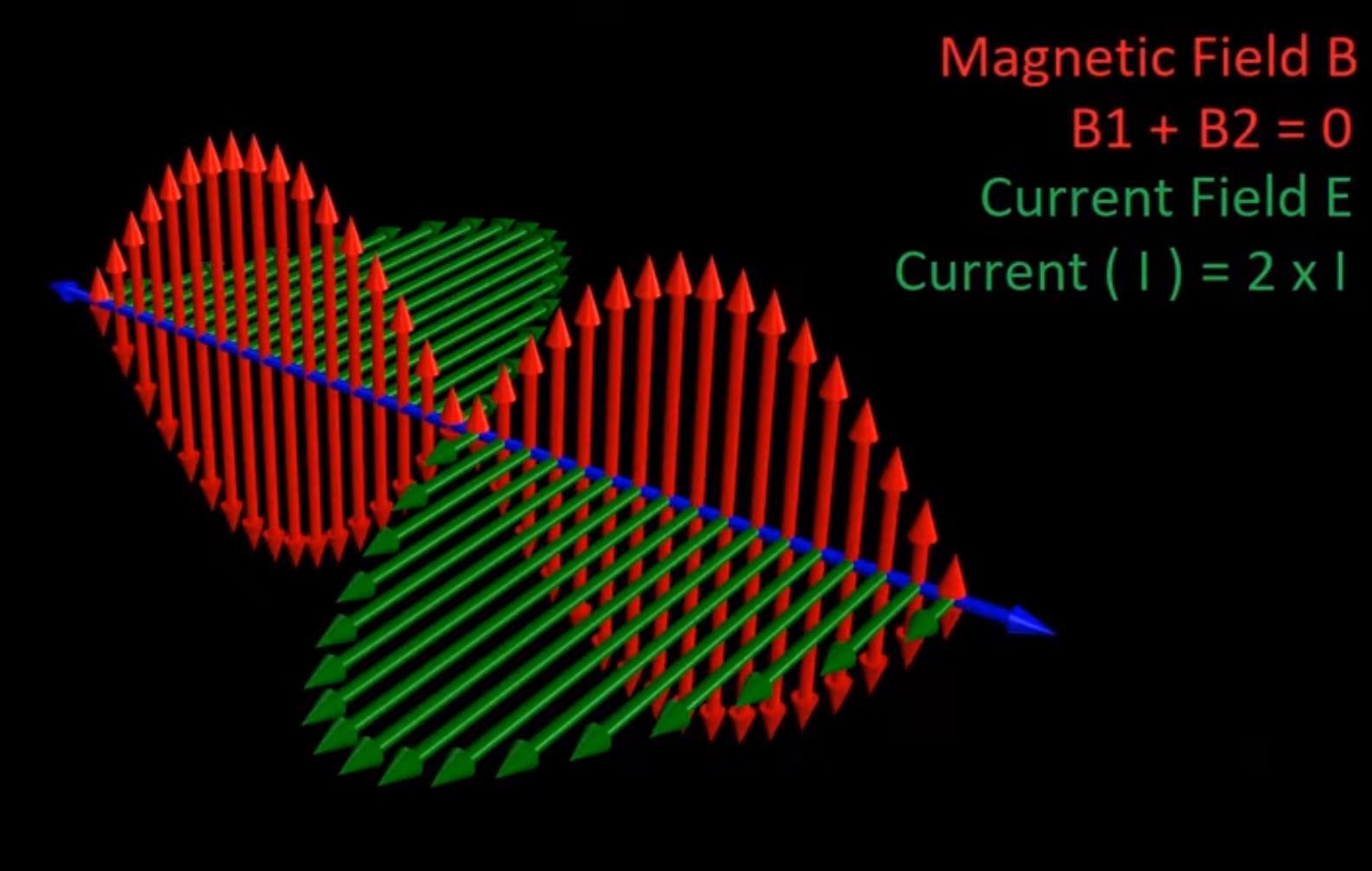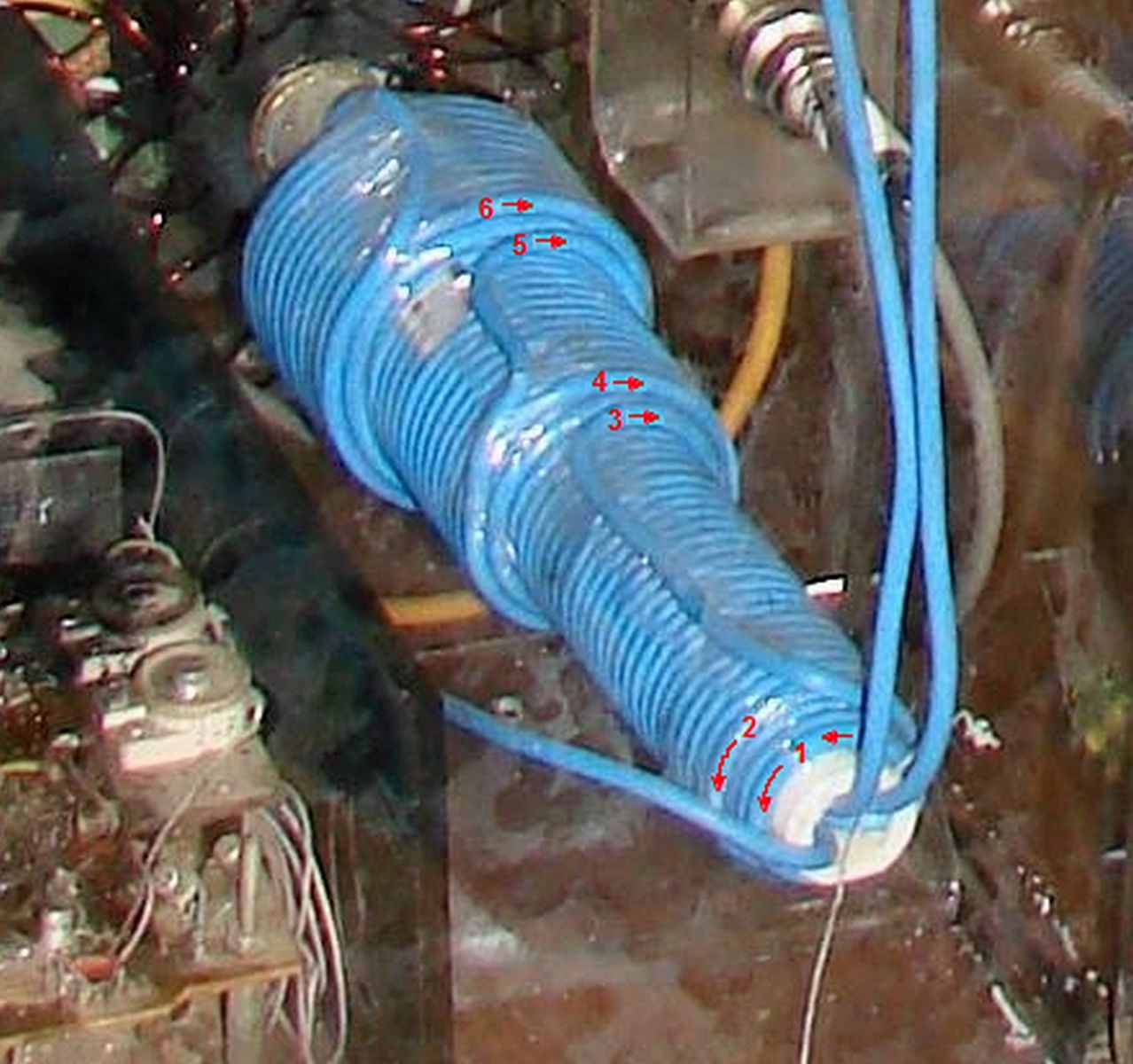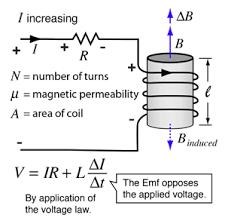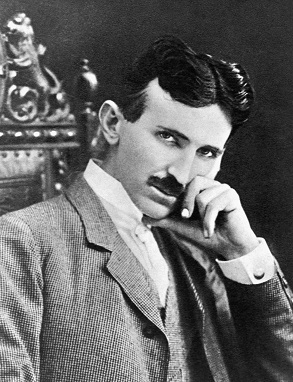My Friends,
Many of you have heard me talk of Diakoptics.
Diakoptics Definition:
Noun
(uncountable)The act of breaking a problem down into components which can be solved independently before being joined back together to obtain a solution to the whole problem.
Origin
From the Greek dia (system) + koptic (tear).
Many of you know Gabriel Kron, Tom Bearden talked about Kron being Floyd "Sparky" Sweet's Mentor. Well some history:
In systems analysis, Diakoptics (Greek dia–through + kopto–cut,tear) or the "Method of Tearing" involves breaking a (usually physical) problem down into subproblems which can be solved independently before being joined back together to obtain an exact solution to the whole problem. The term was introduced by Gabriel Kron in a series "Diakoptics — The Piecewise Solution of Large-Scale Systems" published in London, England by The Electrical Journal between June 7, 1957 and February 1959.
Using Diakoptics on Partnered Output Coils:
We are going to make use of Gabriel Kron's Diakoptics to make sense of Partnered Output Coils.
Step One
The Input Coil, work toward a simple Circuit, something like this:
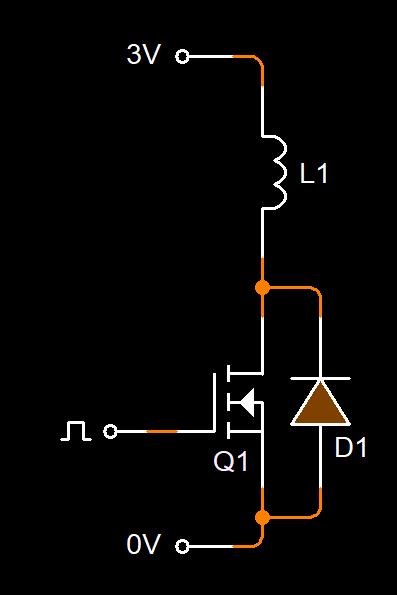
Get the Switching clean and sharp. Make this circuit reliable and trustworthy. Over rate your mosfet so you can turn your input up with no trouble. Make sure you have a super low RDSON.
Step Two
Add one Partnered Output Coil. Make the machine work as a simple Transformer. Standard Electromagnetic Induction from Input to Output should ensure an approximate 80% Efficiency at least.
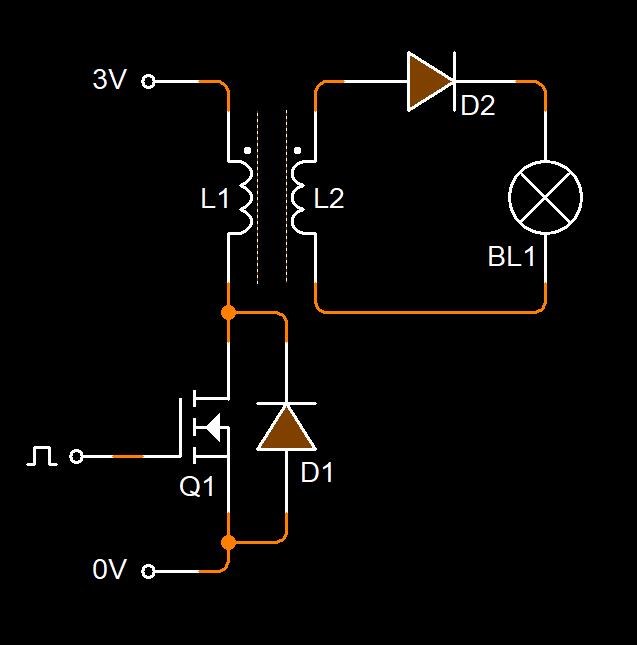
This is a step up Circuit. The Voltage on the Output should be X Number of Turns increased. Remember, Partnered Output Coils are always more turns than the Input.
Step Three
Partnered Output Coils must oppose each other! This means, one Partnered Output Coil must Assist the Input Coil! One Partnered Output Coil will oppose the input. You see here, adding our third Coil, we have exactly that:
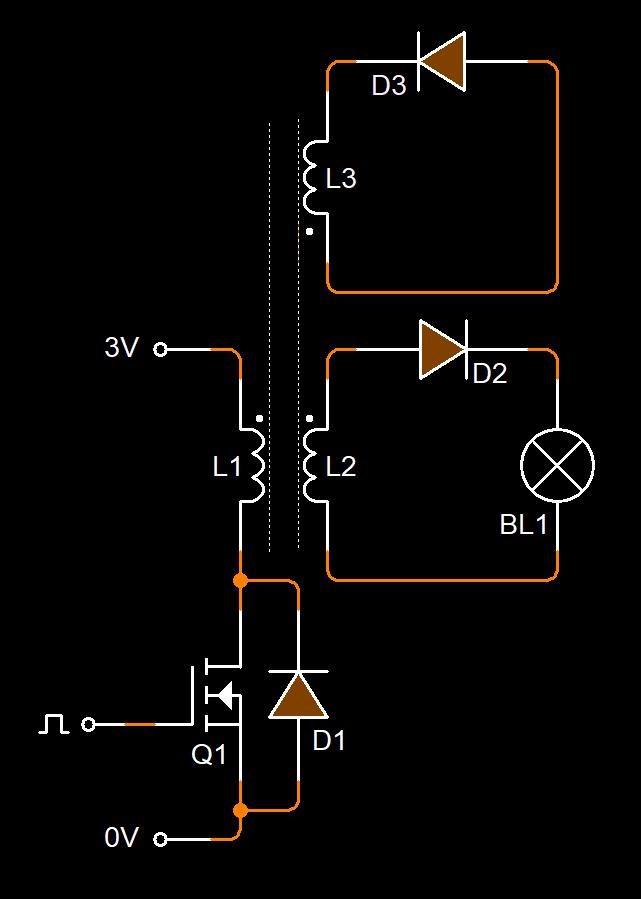
So I urge all Experimentalist's, add the components one at a time. Make sure they all have the desires Polarity and function. This is really important.
Think of this as a Jigsaw Puzzle, in its smallest possible pieces. Add one piece at a time, make that piece do what its supposed to do.
NOTE: An 80% efficiency from Input to Output is standard Transformer Technology! Standard Symmetrical Electromagnetic Induction! Adding another 80% gives us 160% and this is one of the most common figures where most people reach. This sentence has meaning, please understand whats being said here. One Coil assists the Input and must therefore add's another 80% efficiency to the machine on top of the existing 80% efficiency!
Best wishes,
Chris






